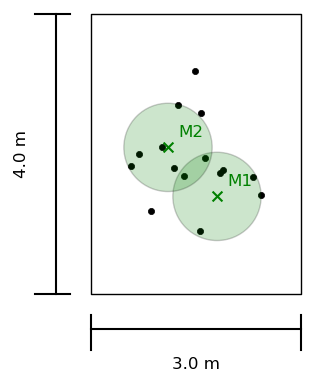

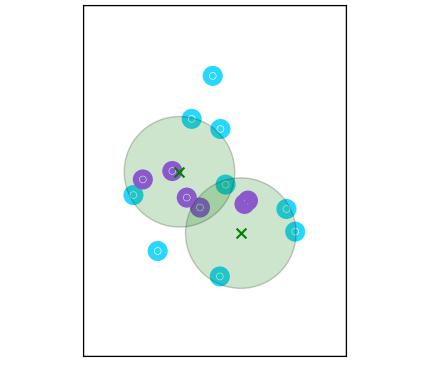
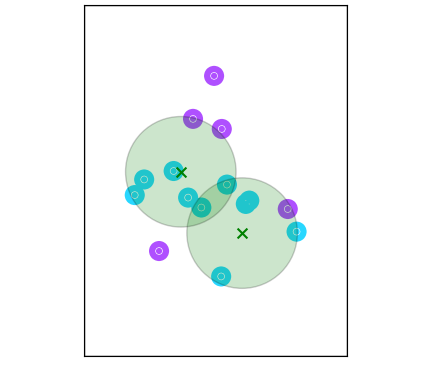
| cluster | reference microphone | masked reference signal | DSB signal |
|---|---|---|---|
| 1 |

|
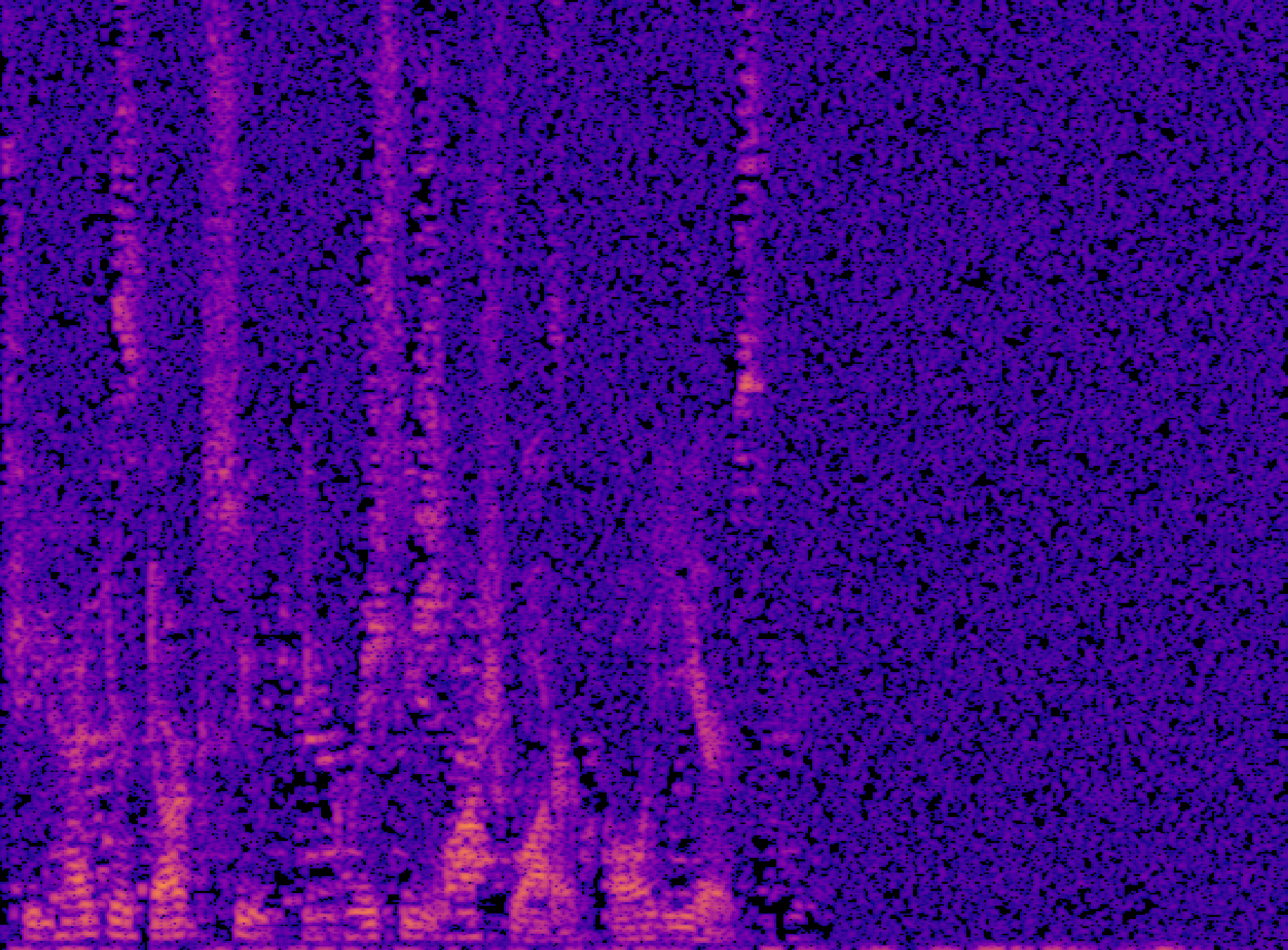
|

|
| 2 |

|

|
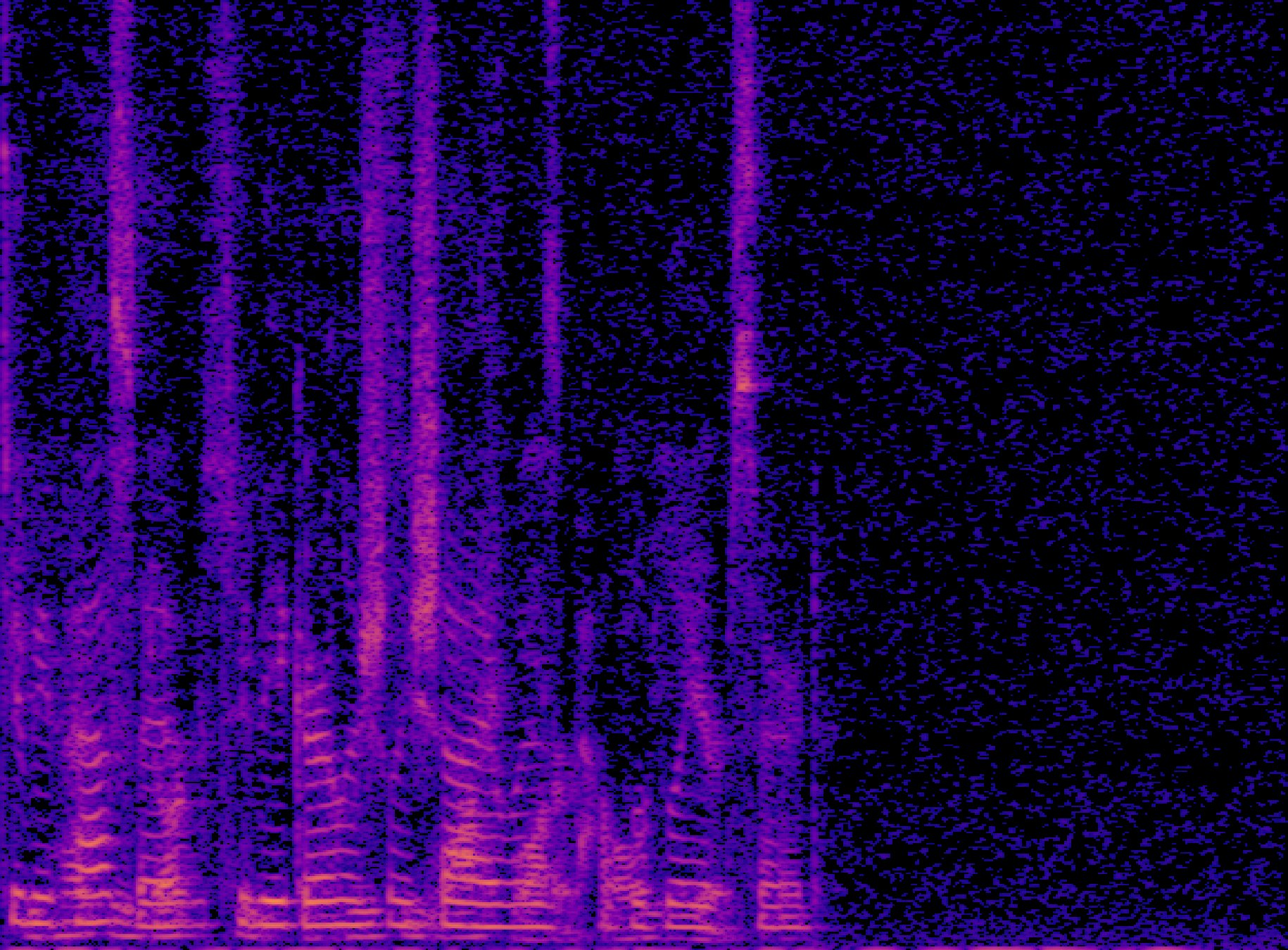
|

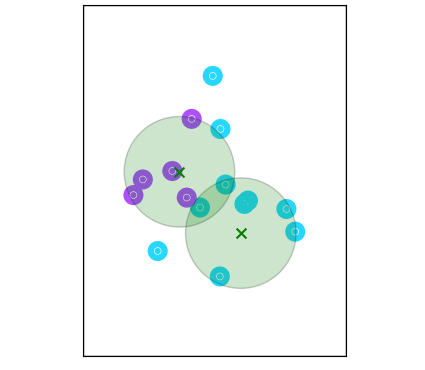
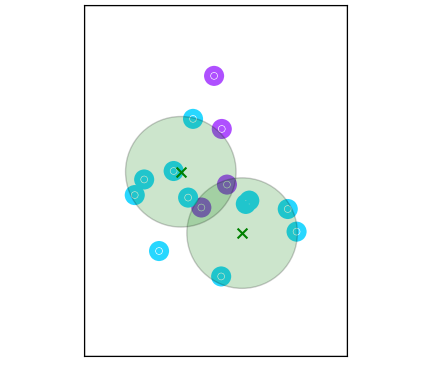
| cluster | reference microphone | masked reference signal | DSB signal |
|---|---|---|---|
| 1 |

|
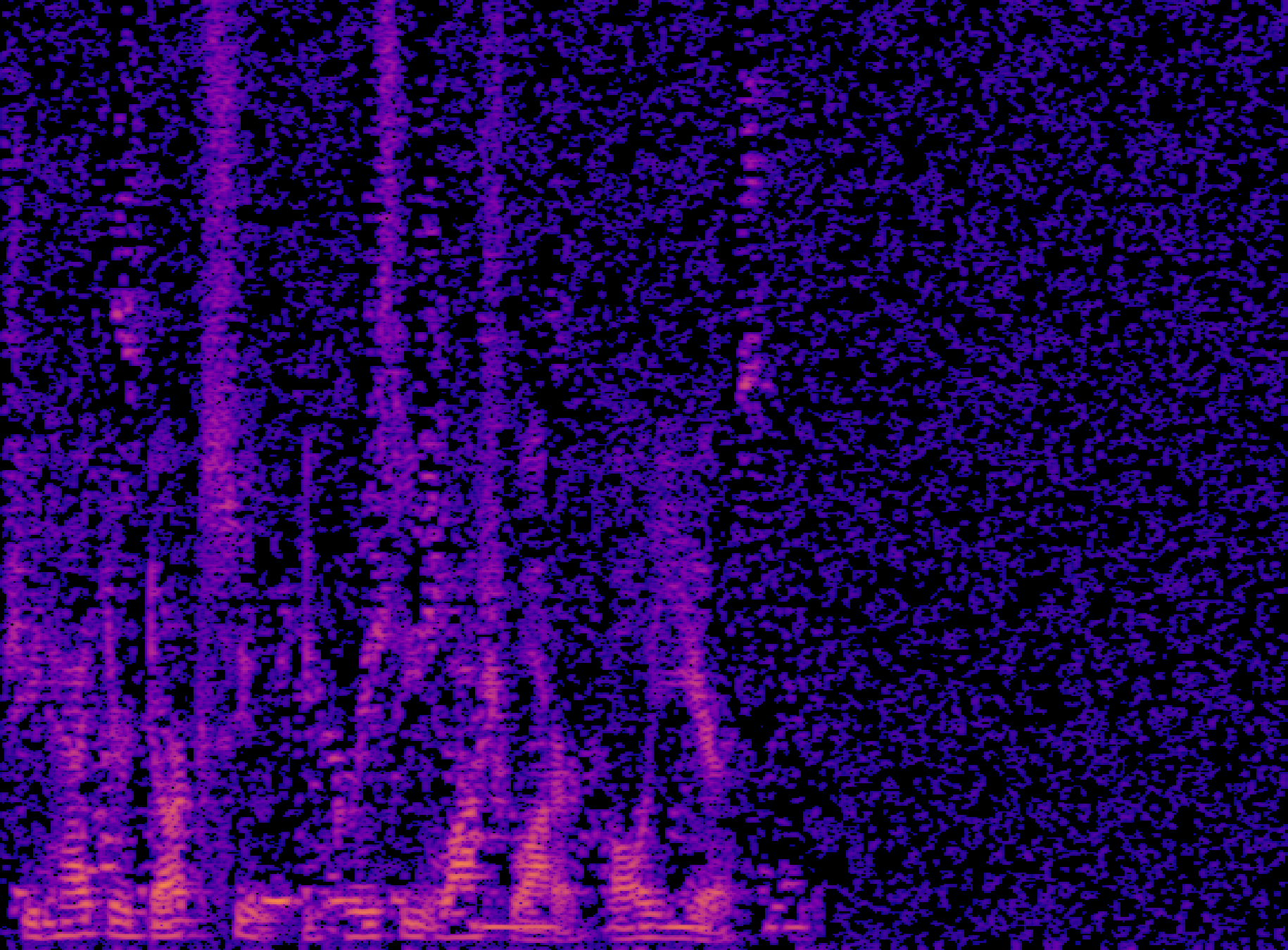
|
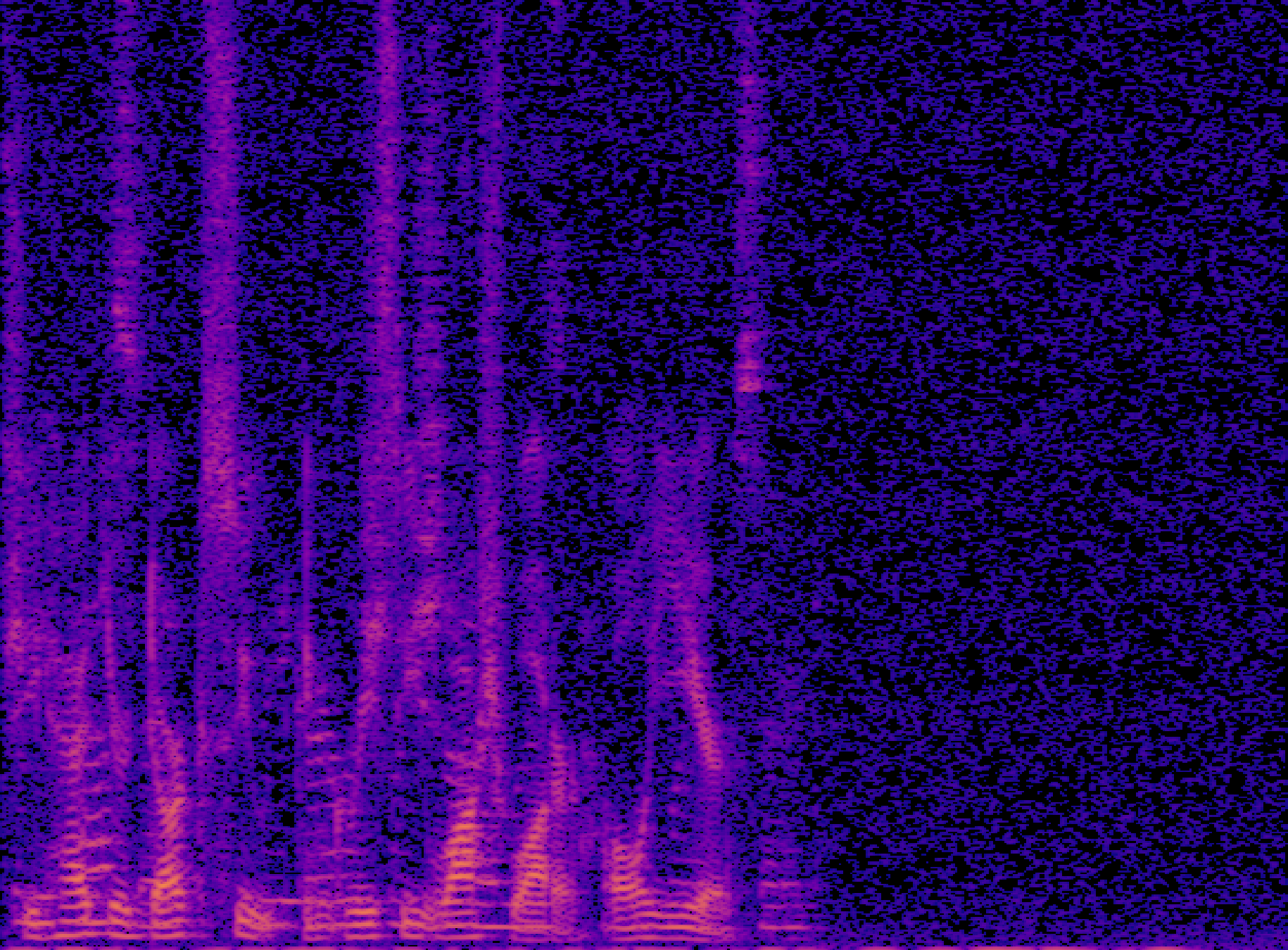
|
| 2 |

|

|

|